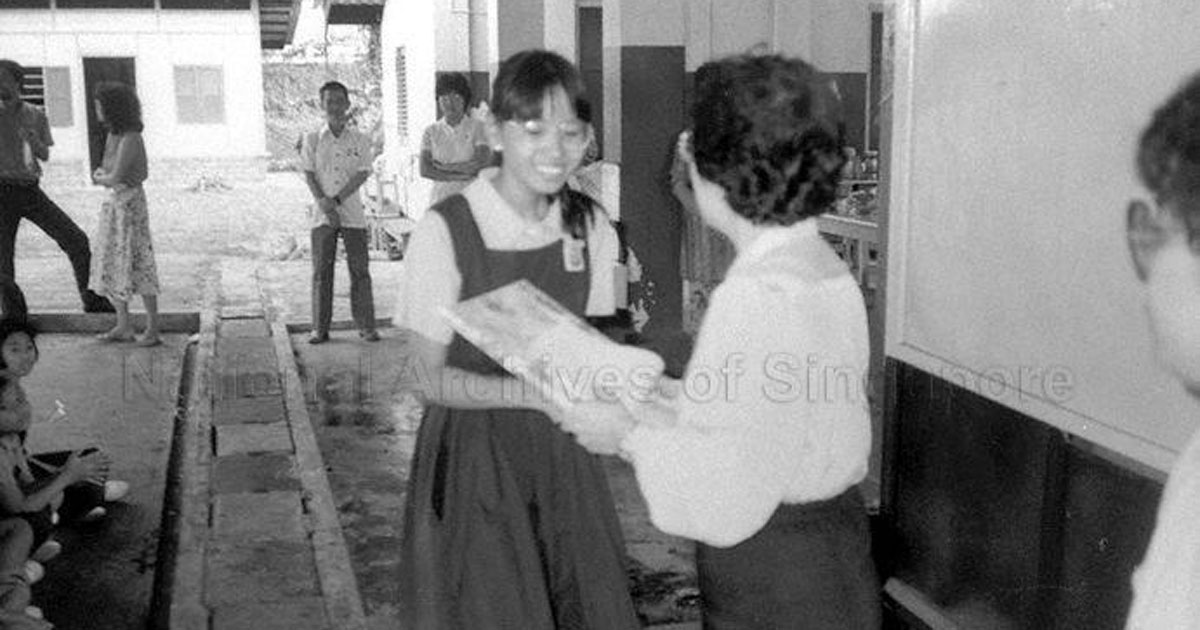PSLE aggregate scores will soon be a thing of the past.
Come 2021, students will be graded according to eight Achievement Levels (AL) instead of T-scores.
T-scores introduced in 1970s
The PSLE aggregate score is the sum of the T-score of all four subjects, and this grading system has been around in Singapore for several decades.
Calculating the T-score
The PSLE aggregate score is the sum of the T-score of all four subjects.
According to the Singapore Examinations and Assessment Board (SEAB), this is the formula for how the T-score is calculated:
 Photo via SEAB.
Photo via SEAB.
x is the student’s raw score for the subject, m is the cohort’s average raw score for the subject, and S is the standard deviation (SD).
The standard deviation is a statistical measure for the amount of spread of the results from the average.
This system was introduced in 1973, but scores were not released to students during that time.
It was only in 1982 that the aggregate scores were indicated on the results slip alongside letter grades.
Today, we are accustomed to seeing PSLE aggregate scores anywhere between the 100 and over the 250 range.
This has led to the widespread belief that PSLE aggregate score is out of 300 -- which it isn't.
However, up until 1985, PSLE aggregate scores could be much higher than 300 back then owing to some language policies.
Bilingual policy
In 1963, the PSLE scoring system was first changed to give double weightage to the first language, as compared to equal weightage for all subjects.
And to emphasise the importance of bilingualism, the system was changed again in 1973 to give double weightage to both first and second languages.
T-scores for languages multiplied by two
From 1973 to 1984, the T-score for the first and second languages were multiplied by two.
Hence, the PSLE aggregate score of students from the 1970s to 1980s would probably have been much higher than most of the scores we see today.
For instance, in 1983, the top-scoring student got an aggregate score of 420 that year.
According to a report by The Business Times, the double weightage policy was scrapped following studies that showed that streaming of pupils into secondary courses would be more accurate if language subjects were given equal weightage as mathematics and science.
What's happening in 2020
Beginning with 2020's Primary 5 cohort, Achievement Level (AL) scores from AL1, the best, to AL8, will be given to students for school-based examination report cards.
There will not be alphabetical grades.
The AL scoring system will not apply to students in Primary 1 to 4.
This measure will help familiarise students and their parents with the new system, as these Primary 5 students in 2020 will be the first batch to undergo the revamped PSLE system in 2021 when they are in Primary 6.
This major change was first announced in 2016.
Related story:
Top photo from NAS
If you like what you read, follow us on Facebook, Instagram, Twitter and Telegram to get the latest updates.
